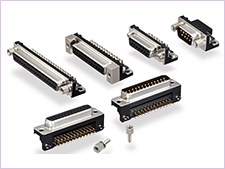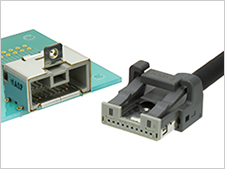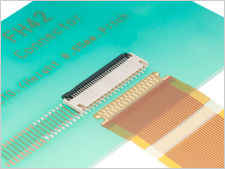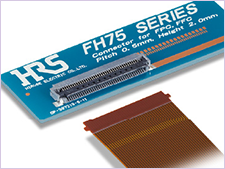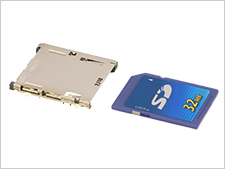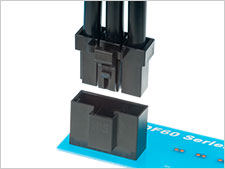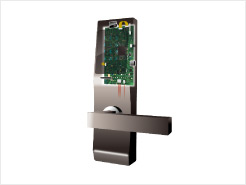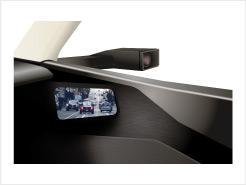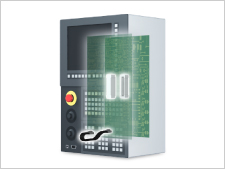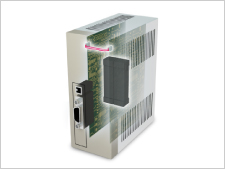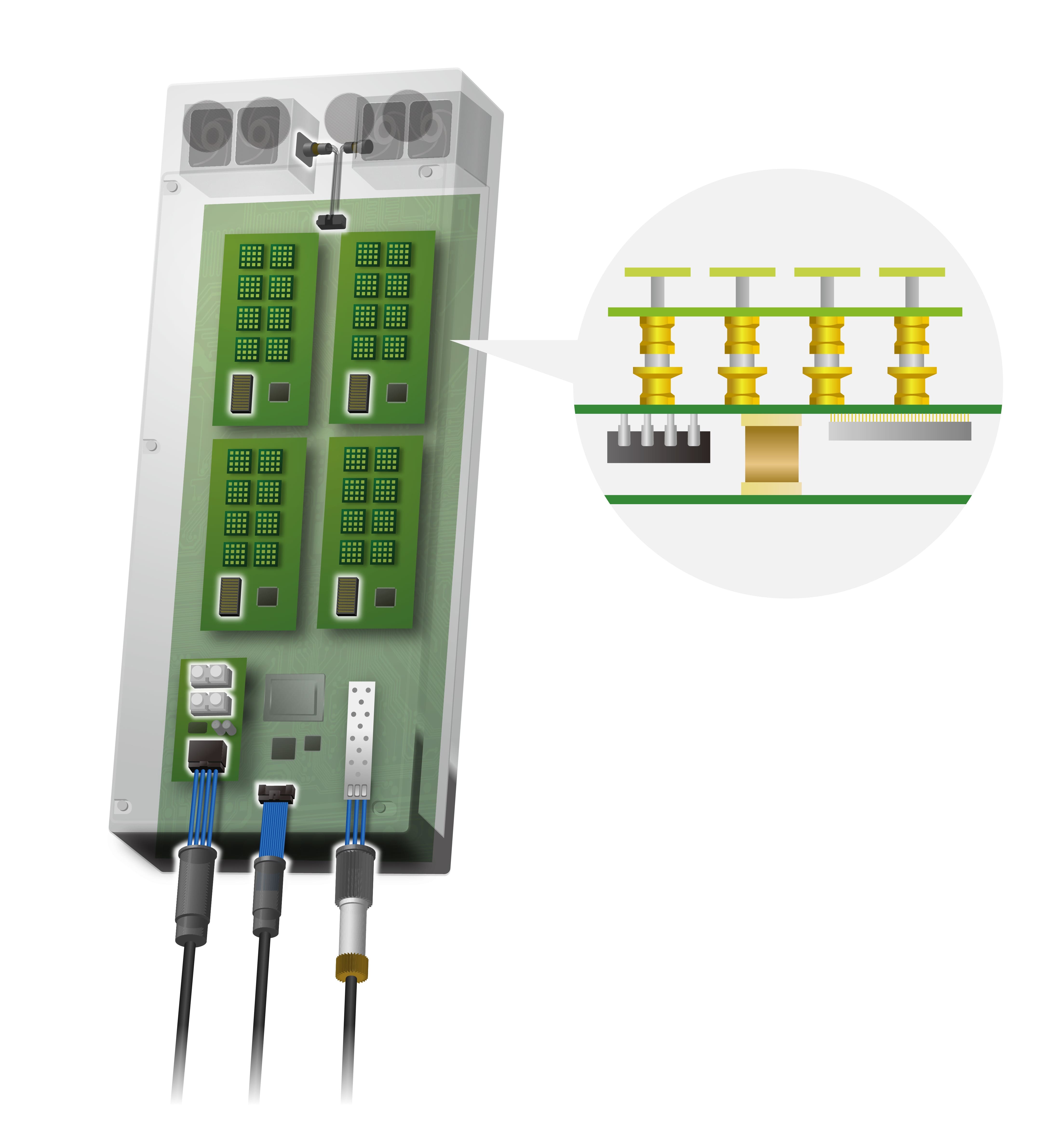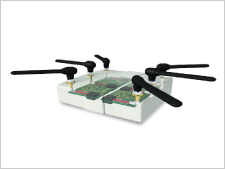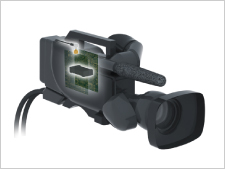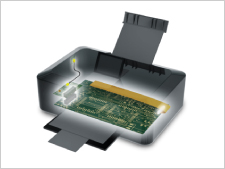
-
Category
-
I/O Connectors
 List of useful search tools
List of useful search tools
-
Standard Products
 List of useful search tools
List of useful search tools
-
Wire-to-Board
 List of useful search tools
List of useful search tools
-
Board-to-Board, Board-to-FPC
-
FPC/FFC Connectors
 List of useful search tools
List of useful search tools
-
RF/Coaxial
 List of useful search tools
List of useful search tools
-
Fiber Optic Connectors
 List of useful search tools
List of useful search tools
-
Modular Connectors / Ethernet Connectors
 List of useful search tools
List of useful search tools
-
Wire-to-Wire
 List of useful search tools
List of useful search tools
-
IC Card/IC Socket
 List of useful search tools
List of useful search tools
-
Card Edge Connectors
 List of useful search tools
List of useful search tools
-
Automotive Connectors
 List of useful search tools
List of useful search tools
-
Power Connectors
 List of useful search tools
List of useful search tools
-
High Speed Connectors
 List of useful search tools
List of useful search tools
-
Sealed connector
 List of useful search tools
List of useful search tools
-
I/O Connectors
-
Applications
- Consumer
-
Smartphone & Wearable
 Recently Reviewed Application
Recently Reviewed Application
 Recommended Applications
Recommended Applications
-
Smart Appliances
 Recently Reviewed Application
Recently Reviewed Application
 Recommended Applications
Recommended Applications
-
PC & Tablet
 Recently Reviewed Application
Recently Reviewed Application
 Recommended Applications
Recommended Applications
-
Other Consumer Equipment
 Recently Reviewed Application
Recently Reviewed Application
 Recommended Applications
Recommended Applications
- Automotive
-
Autonomous Car
 Recently Reviewed Application
Recently Reviewed Application
 Recommended Applications
Recommended Applications
-
Powertrain (For Automotive)
 Recently Reviewed Application
Recently Reviewed Application
 Recommended Applications
Recommended Applications
-
Infotainment (For Automotive)
 Recently Reviewed Application
Recently Reviewed Application
 Recommended Applications
Recommended Applications
-
Connected Cars
 Recently Reviewed Application
Recently Reviewed Application
 Recommended Applications
Recommended Applications
-
Automotive Lighting
 Recently Reviewed Application
Recently Reviewed Application
 Recommended Applications
Recommended Applications
- Industrial Machinery
-
Smart Grid
 Recently Reviewed Application
Recently Reviewed Application
 Recommended Applications
Recommended Applications
-
Industrial Automation
 Recently Reviewed Application
Recently Reviewed Application
 Recommended Applications
Recommended Applications
-
Robots
 Recently Reviewed Application
Recently Reviewed Application
 Recommended Applications
Recommended Applications
-
Medical
 Recently Reviewed Application
Recently Reviewed Application
 Recommended Applications
Recommended Applications
-
Telecommunications/Networking
 Recently Reviewed Application
Recently Reviewed Application
 Recommended Applications
Recommended Applications
-
Data Centers
 Recently Reviewed Application
Recently Reviewed Application
 Recommended Applications
Recommended Applications
-
Rail/Commercial Vehicles
 Recently Reviewed Application
Recently Reviewed Application
 Recommended Applications
Recommended Applications
-
Other Industrial Equipment
 Recently Reviewed Application
Recently Reviewed Application
 Recommended Applications
Recommended Applications
-
Office Automation
 Recently Reviewed Application
Recently Reviewed Application
 Recommended Applications
Recommended Applications


What is a connector? Hirose Electric, a long-established connector manufacturer, answers the simple questions like "What is a connector?” and provides more technical information including important points for mounted products in our Connector Basics You’ll Want to Know Series. The first article is “The Role of Connectors and What to Pay Attention to During Design”.
Connectors are all around us, but we may not have many opportunities to be aware of them in our daily lives. However, without connectors, vacuum cleaners and hair dryer would be directly connected to the wall...Sounds inconvenient, right? Connectors are used not only in the electrical outlets around us, but also in a wide range of products, from large to small, that conduct electricity.
History of The Increase in Connector Demand
Connectors are now widely used, but when did this start? It is said that the demand for connectors increased in the 1940s during World War II.
Until then, wires were twisted together and soldered (wrapped around metal to increase the strength of adhesion), or wires were directly screwed together. However, in order to efficiently assemble and produce equipment and devices on the battlefield where every second counts, connectors, which can be connected in bulk, became indispensable, and demand for them quickly increased.
<Initial Electrical Connections>
Connected One by One

<1940s>
Quick Batch Connection On Site

Expanded Connector Use
Connectors, which enable quick and easy connections, are used not only for simplifying the connection between devices, but for a variety of other purposes.
(1) Connecting Between Different Devices

Connectors enable instant connection and disconnection of different devices, such as adding functionality by connecting a hard disk to a PC, or connecting equipment and antennas in a broadcasting vehicle.
(2) Enhanced Equipment Design Flexibility

Placing connectors in between boards gives you more layout options in your equipment. Whether you are placing boards upright, stacking boards on top of each other, or vice versa, connectors are what hold the boards together.
(3) More Convenient Assembly

In assembly line work, it is necessary to assemble a huge number of parts. By connecting parts from various companies with connectors, line work becomes quicker and easier.
(4) Enables Expansion/Exchange of Memory, etc.

Connectors make it possible to add memory to a PC or other device just by inserting it. The also enable PC repair by replacing only the broken parts.
As you can see, connectors have a wide range of uses, and our surroundings are filled with them. For example, dozens of interface connectors, internal connection connectors, and coaxial connectors are used in a single smartphone. Wireless earphones and e-cigarettes also use ultra-small connectors.
Connectors are used not only in home appliances, but also in cars, trains, power plants, power stations, factories, robots working in factories, and everywhere else in society.
Connector Technology (The Role of Connectors)
What is the role of a connector? Connectors have a variety of uses, but role they are most commonly required to play is to transmit electricity correctly. There is no point in using a connector if the power is not transmitted and a voltage drop occurs or if the signal sequence changes. Also, since electricity and signals are invisible, they require measurement using an instrument which can be cumbersome.
The most important role of a connector is to transmit electricity correctly, and this is also what we should pay attention to during design and production.
Poor Usage Due to Incorrect Design

In order to transmit electricity properly...
Three connections are important for the correct transmission of electricity:
(1) The connection between the cable and the connector terminal
(2) The connection between the board and the connector terminal
(3) The contact between connectors
These three are also the order of the manufacturing process, so I will explain them one by one.

The next articles introduce these three key connection points for proper electricity transmission in detail based on the manufacturing process order.






